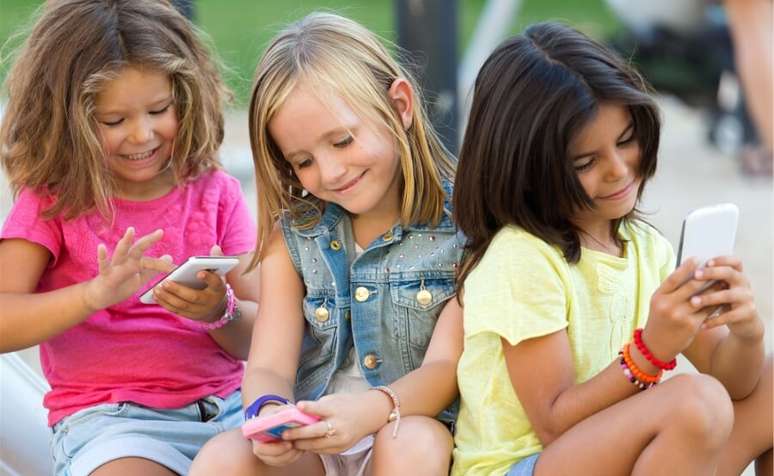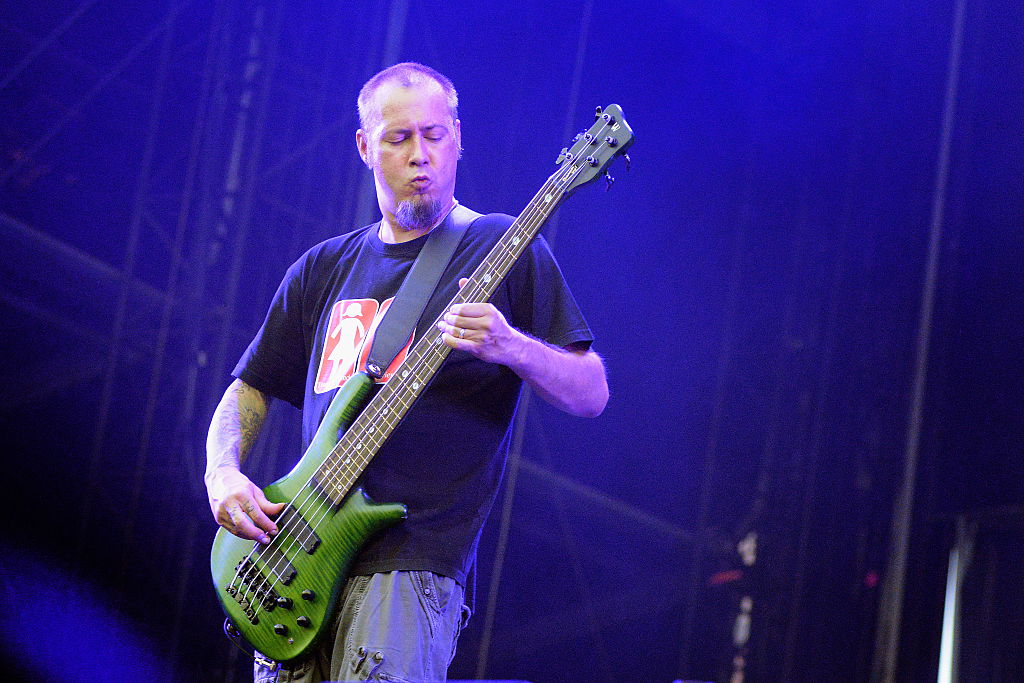Is technology bad or is it time to rethink our behavior?
You only need to go to a restaurant or take a walk in the mall to see a large number of children distracted or focused on their cell phone screens. Many of them, no matter how young they are, already have their own smartphone. This change in behavior is a reflection of the constant presence of technology in our lives, the result of innovation and the evolution of society, which is increasingly connected. But is this good for their development?
According to the survey “Children and adolescents with smartphones in Brazil”, published by Mobile Time in collaboration with Opinion Box, 26% of children aged between 4 and 6 years own their own smartphone. If we lower the age a little, we will see that 7% of children between 0 and 3 years old already own a cell phone.
I come from the days of the pager (or beeper, as they used to say) and then the “green screen” cell phone, where the main functionality of the device was to make calls. Indeed, this love for technology has always given me beautiful moments with my children, when, for example, I take some things out of the closet and show them the objects that belonged to my times.
Why do children have cell phones at an increasingly early age?
When I read the study, I tried to understand why people give a cell phone to a child. So I discovered that to the question “why does the child have a smartphone?”, the majority of interviewees answered that between 0 and 3 years (58%), 4 and 6 years (74%) and 7 and 9 years old people (61 %) use the device for entertainment.
It is only in the age group between 10 and 12 that communication becomes the main reason for giving children cell phones. Crossing this data with the time spent on the screen, we have the following data:
From 0 to 3 years: 1 hour and 28 minutes
From 4 to 6 years: 1 hour and 35 minutes
From 7 to 9 years: 2 hours and 15 minutes
From 10 to 12 years: 2 hours and 45 minutes
From 13 to 16 years: 3 hours and 58 minutes
In this scenario, it’s easy to see technology as the big bad in child-rearing, something to be avoided or fought against. This is a mistake, because it is already part of the lives of these young people and adolescents. Think with me, our generation has known technology its entire life. These new generations were born with technology present in their daily lives.
Is it time to rethink our behavior?
What we need to review are our habits, especially in preadolescence and adolescence. Why not use this time to create, learn, develop and make discoveries with the support of technological solutions available on the market? What we need to adopt is control, supervision and monitoring.
The World Health Organization (WHO) has a series of recommendations for parents to avoid excessive exposure to screens, which can harm development, cause eye diseases and behavioral disorders.
However, when medical and family guidance exists, video games and computers have the potential to boost patients’ self-esteem, support physiotherapy sessions, and function as a platform for education and remote working.
Related to this, a term is gaining more and more ground: gamified therapy. Have you heard of it? The concept refers to video games developed specifically for rehabilitation, which can bring benefits. However, experts believe that since this is a new solution, there is still little research and sampling on the results of these treatments, but that it is something to look at in the future.
Balance is the key
Between time, excess and opportunity, the balance is ideal to guarantee benefits. Establish a daily routine that does not interfere with other basic activities such as studying, playing, eating and sleeping. Find out which games, platforms and social networks children and teenagers use, as well as present learning and research channels.
In the case of minors, limiting time spent in front of the screen and playing educational games are interesting ways to maintain controlled and beneficial contact with technology. For seniors there are programming courses, game design and other forms of study that establish a healthy relationship with these solutions.
As I always say, technology is just a tool and what will make the difference is how we use it. And I think banning is not the best solution. Establishing rules, guiding and closely monitoring the use of these devices may be the best way to care for our children and adolescents, avoiding problems in the future.
Cristovão Wanderley is a managing partner at Stratlab, a technology and data specialist and a participant in the LinkedIn Creators program.
Source: Terra
Ben Stock is a lifestyle journalist and author at Gossipify. He writes about topics such as health, wellness, travel, food and home decor. He provides practical advice and inspiration to improve well-being, keeps readers up to date with latest lifestyle news and trends, known for his engaging writing style, in-depth analysis and unique perspectives.




![A more beautiful life in advance: Laura a victim of bad luck?… What awaits you in the week of October 20-24, 2025 [SPOILERS] A more beautiful life in advance: Laura a victim of bad luck?… What awaits you in the week of October 20-24, 2025 [SPOILERS]](https://fr.web.img2.acsta.net/img/6d/6b/6d6b378ffddf3577e6eecf22ca973fa1.jpg)

